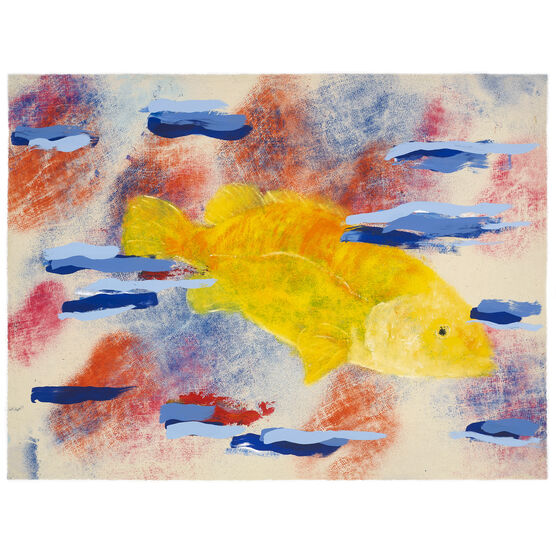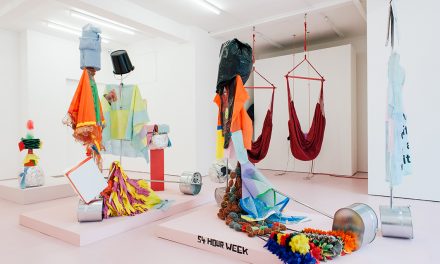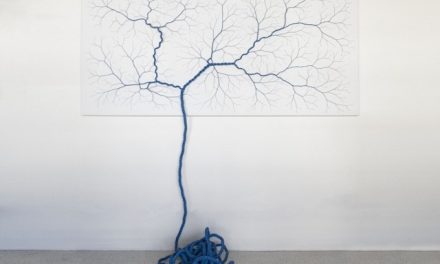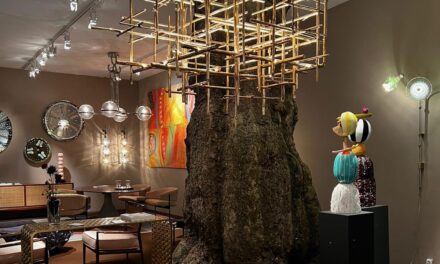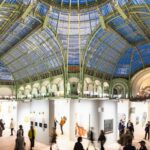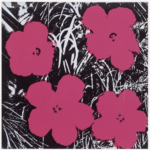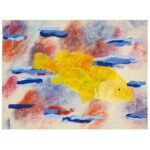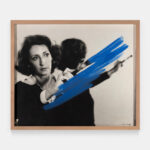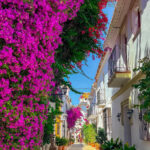Looking to keep tabs on the next big things in contemporary art? These names are shaping the moment.
In the past few years, a striking breed of artists has burst onto the scene—so compelling that even amid an art market slowdown, their works have commanded jaw-dropping sums. Galleries may have closed—from colossal international powerhouses to almost-blue-chip upstarts— but others have found ways to turn turbulence into triumph.
This new wave of world-shaking talent is rewriting the rules: even as secondary market prices wobble, collectors are clamoring for the next fresh piece, sometimes fighting just to get their names on a waiting list.
Jadé Fadojutimi
Fadojutimi is already being described as a major voice in contemporary painting. Her canvases—large scale, vibrant and charged—are described as “emotional landscapes” where movement, color, memory and self-reflection merge. She is already in major collections including the Tate (she was the youngest artist they acquired) and the Metropolitan Museum of Art, and her work has fetched multi-million dollar sums at auction.
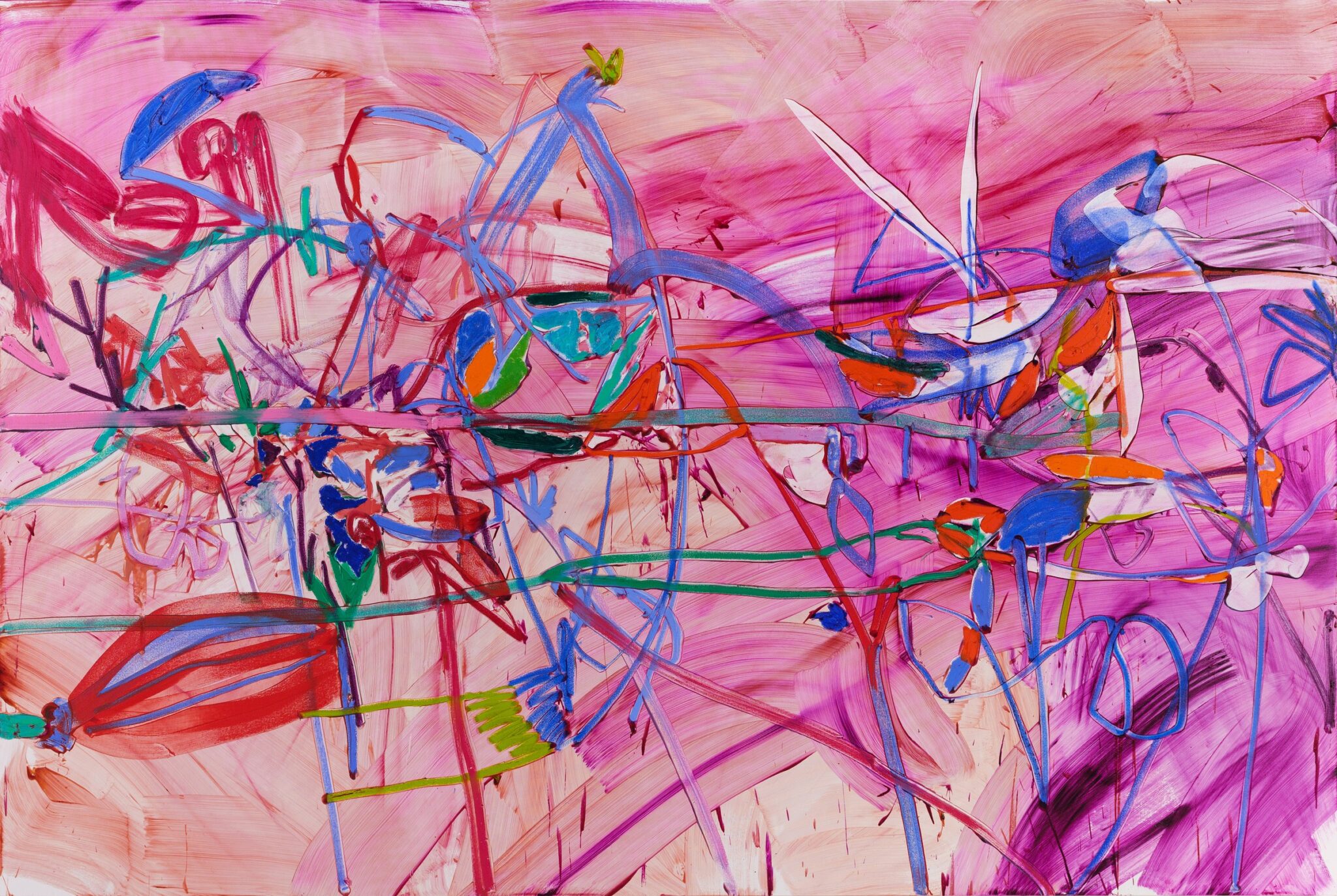
Jadé Fadojutimi. Gagosian Gallery
Chase Hall
Hall is making a name for himself with an instantly recognisable gesture: the use of coffee grounds, unprimed cotton canvas and bold pigment. His work addresses hybridity, identity, generational trauma and American history—particularly the experiences of biracial Americans, and has had a rapid rise with institutional collection acquisitions such as Whitney Museum of American Art and Los Angeles County Museum of Art.
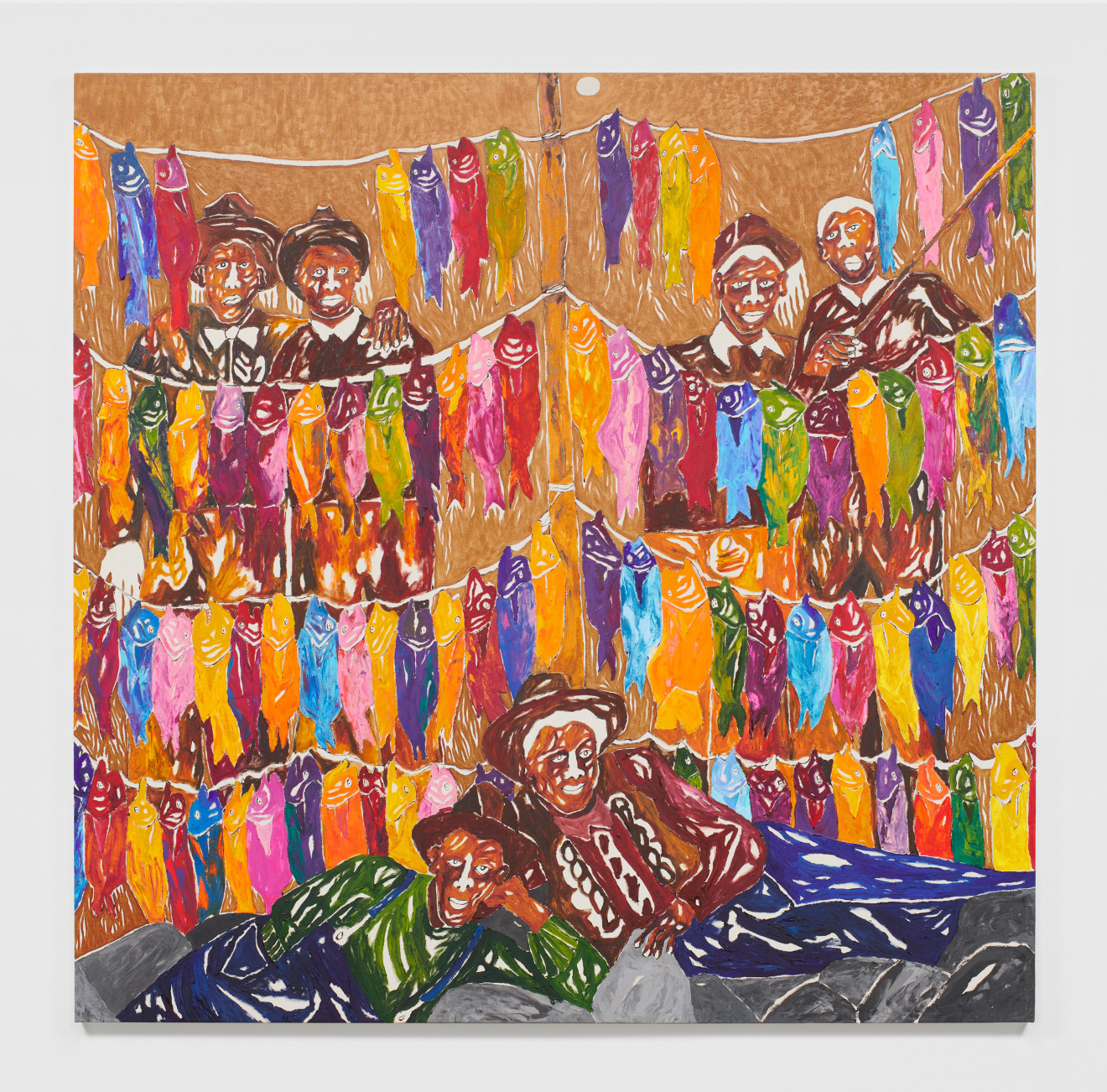
Chase Hall. David Kordanski Gallery
Hilary Pecis
Pecis works in vibrant acrylic paintings that bring the everyday into high relief: still-lives, domestic interiors, and small moments become lavish canvases. Her palette and flattened space reference the legacy of modernism (Fauvism, California Funk, Pop art) and she takes what might appear banal—an arrangement of vases on a table, a bookshelf, a stoop—and turns them into artworks with depth, pattern, texture and color that reward prolonged looking.
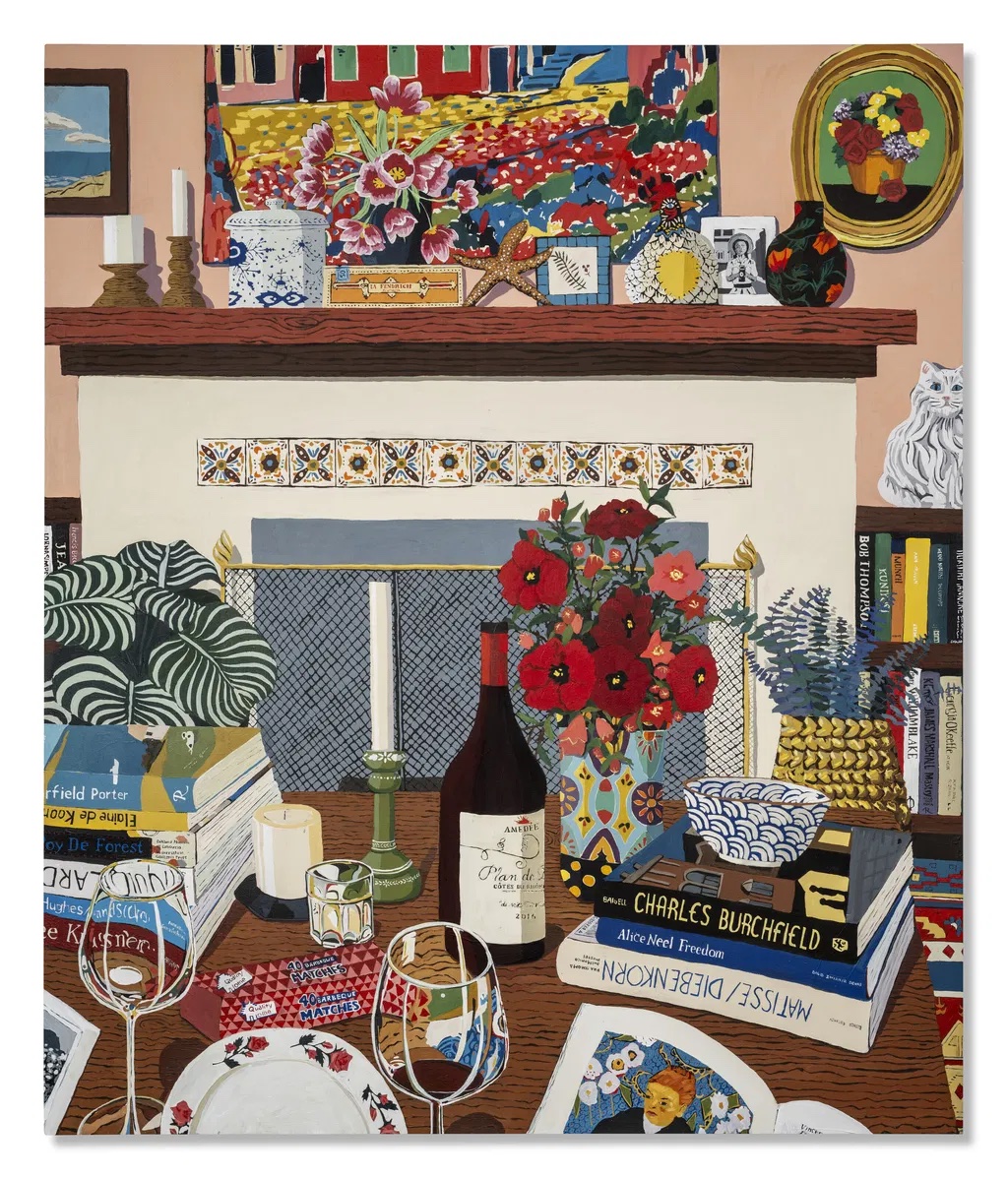
Image courtesy of Christie’s
Harold Ancart
Ancart blurs the boundary between figuration (his motifs include trees, icebergs, and pools) and abstraction: large scale landscapes, bold colour fields, layering of material, and monumental installations.
His work is held in major institutions worldwide like the Guggenheim Museum.
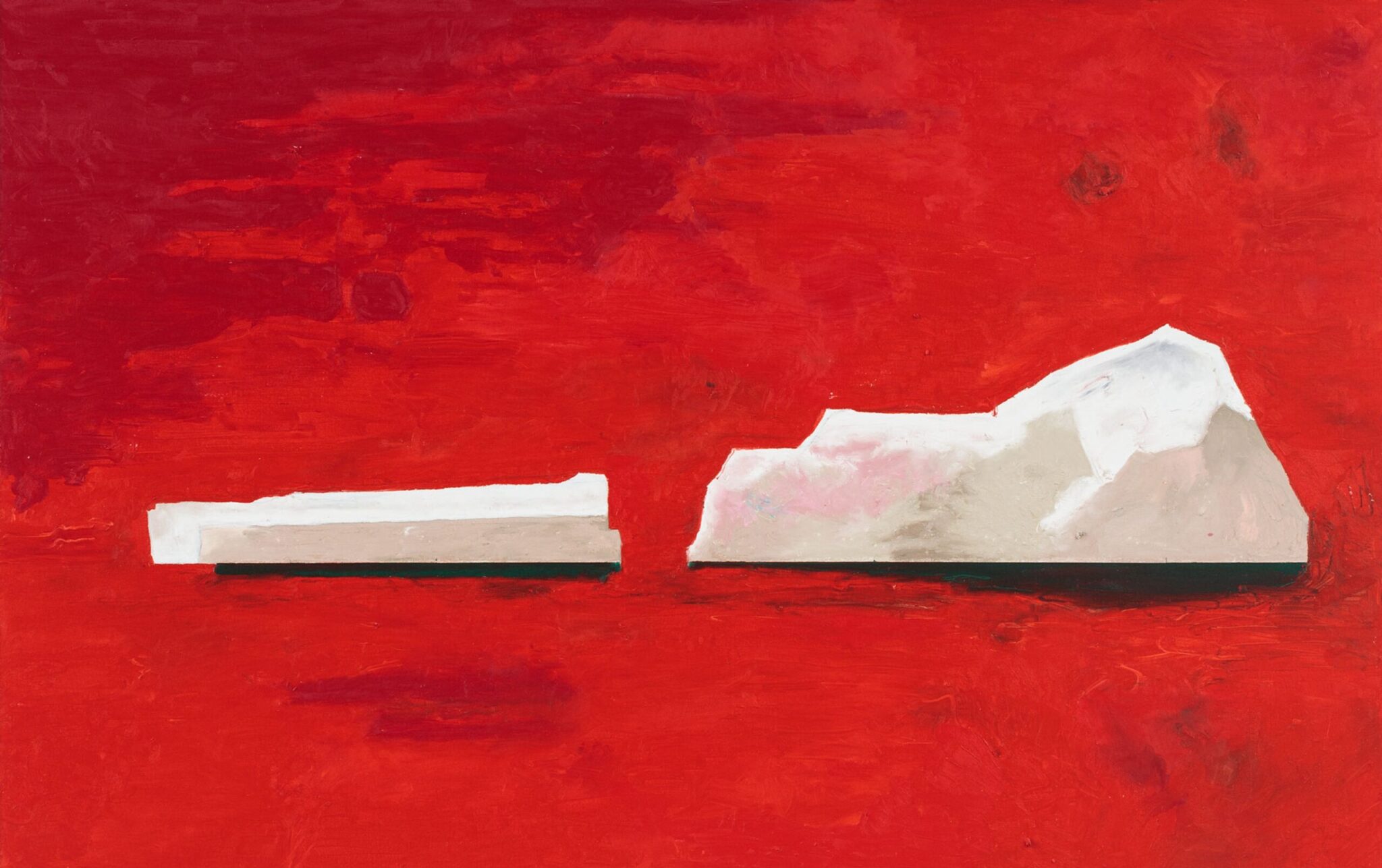
Harold Ancart. David Zwirner
Álvaro Barrington
Barrington gives voice to cultural hyphen-spaces (Caribbean, Black diasporic, urban) using wide-ranging materials and motifs: paint on burlap, wood, yarn, metal rolling gates, concrete – all interlaced with cultural references, music, and community celebration.
His creative practice extends beyond the canvas (he is not only producing object-based work, but also curating events, community spaces, performance) and his career is raising by the minute.
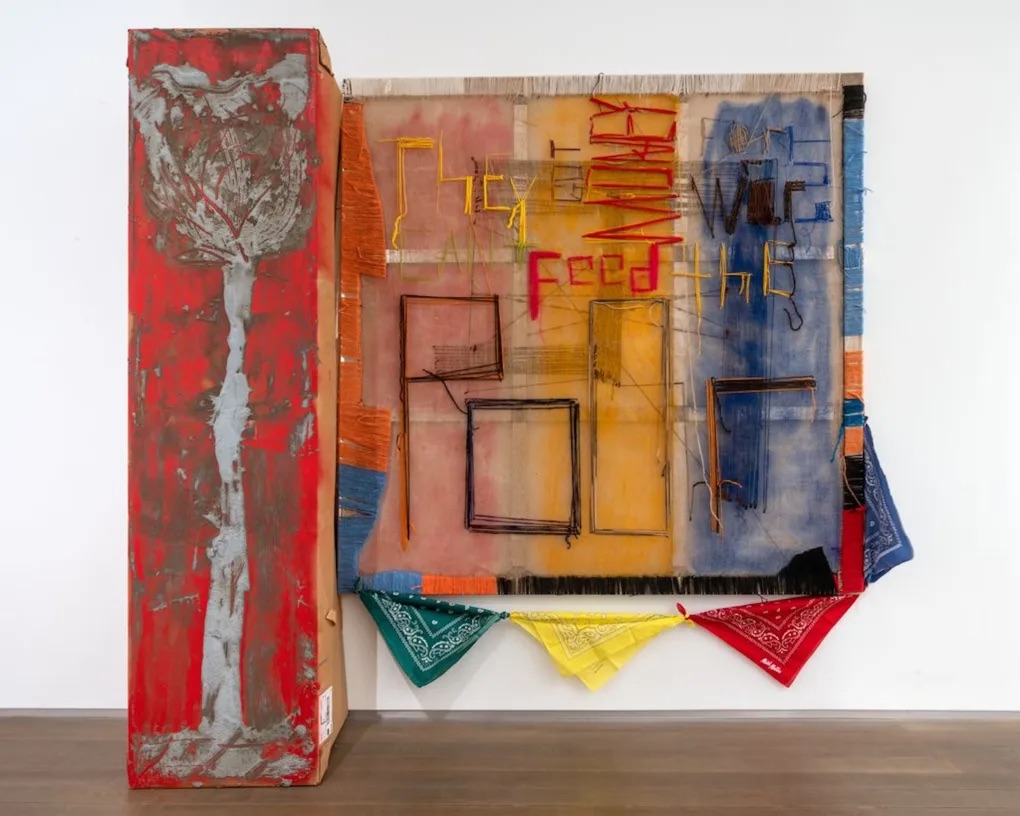
Alvaro Barrington. Thaddaeus Ropac
Flora Yukhnovich
Yukhnovich work repurposes Rococo aesthetics: ornament, decorative flourish, pastel theatricality. She takes a historically marginalised or kitschy style and flips it, posing questions about taste, value, and art history within a contemporary context.
She has gained major momentum in a short time and her career trajectory shows how the market and institutions are rapidly embracing new voices and returning to painting as a go-to for excitement.
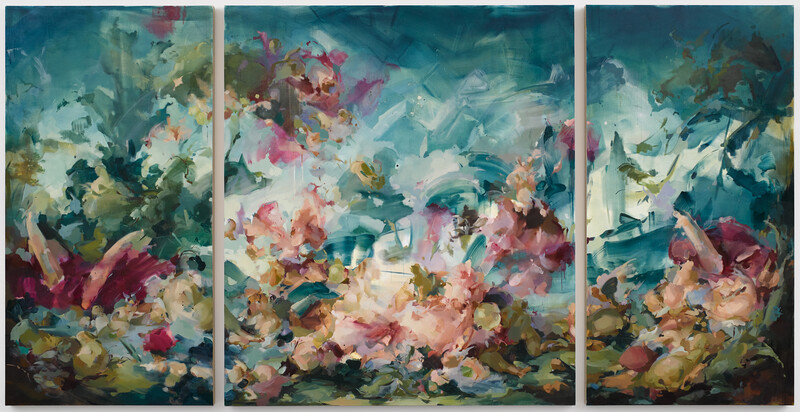
Flora Yukhnovich. Hauser&Wirth
Looks like painting is once again a site of innovation: many had predicted its decline but these artists help show that painting the traditional medium (as surface and gesture) is still vibrant and evolving.

